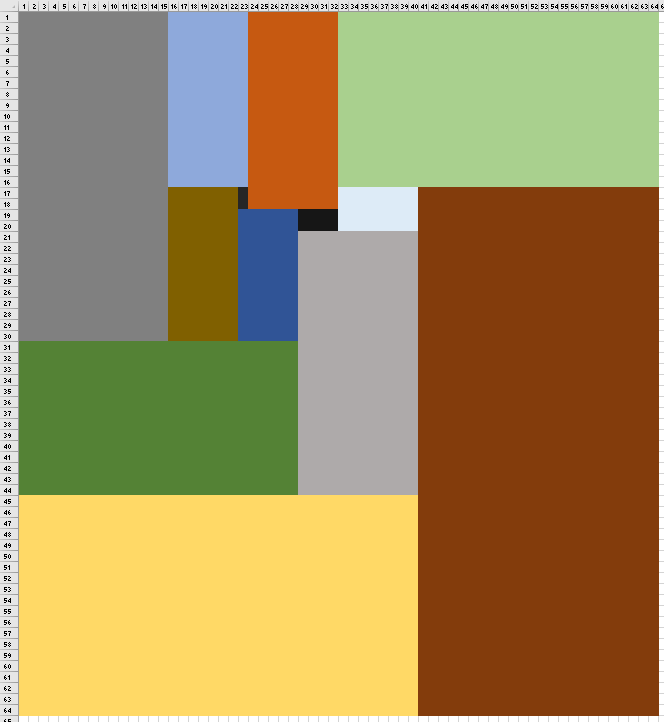Your goal is to make two squares of the same size from a set of rectangles. Each of the rectangles has an aspect ratio of $1:2$.
Select two sets of rectangles from the list:
1, 2, 4, 6, 7, 8, 9, 12, 13, 14, 15, 16, 17, 18, 19, 20, 24
Some of the rectangles will be in both squares, no rectangle will be repeated in one square. Every rectangle will be used at least once. No gaps or overlaps, one tiling is unique and the other has a sub-rectangle that can be flipped. Only the short side of each rectangle is listed.
This one earns the difficulty rating 'unfair'. Additional clue: One square uses $11$ rectangles, one uses $13$. Not the same as "Hard tiling puzzle"


